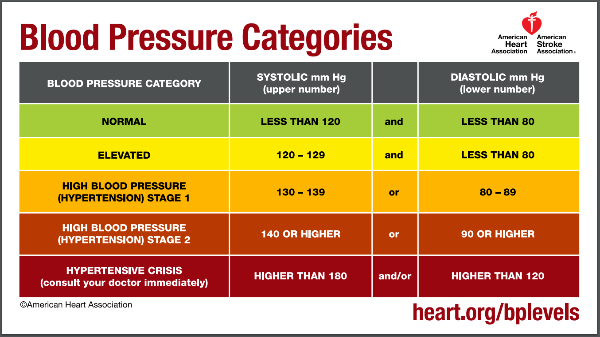Get Your Blood Pressure Tested
The only way to know if you have high blood pressure is to have it tested. Understanding those results can help you manage or control high blood pressure.
Monitor Blood Pressure Regularly
Being aware of your numbers can alert you to any changes or patterns.
Where You Can Get Tested
- Healthcare Provider’s office: Ask a doctor or nurse to check your blood pressure at your next visit. Write down your blood pressure numbers so you'll remember them.
- Malls, pharmacies, and grocery stores: You can also find blood pressure machines at many shopping malls, pharmacies, and grocery stores. Most of these machines are free to use.
- At Home: If you want to check your blood pressure at home, you can buy a home blood pressure monitor at a drug store.
What do your blood pressure numbers mean?
The only way to know if you have high blood pressure (HBP, or hypertension) is to have your blood pressure tested. Understanding your results is key to controlling high blood pressure. Use this tool provided by the American Heart Association to understand your numbers.

Measuring Blood Pressure at Home
How to use a home blood pressure monitor:
- Be still. Don't smoke, drink caffeinated beverages or exercise within 30 minutes before measuring your blood pressure. Empty your bladder and ensure at least 5 minutes of quiet rest before measurements.
- Sit correctly. Sit with your back straight and supported (on a dining chair, rather than a sofa). Your feet should be flat on the floor and your legs should not be crossed. Your arm should be supported on a flat surface (such as a table) with the upper arm at heart level. Make sure the bottom of the cuff is placed directly above the bend of the elbow. Check your monitor's instructions for an illustration or have your healthcare provider show you how.
- Measure at the same time every day. It’s important to take the readings at the same time each day, such as morning and evening. It is best to take the readings daily however ideally beginning 2 weeks after a change in treatment and during the week before your next appointment.
- Take multiple readings and record the results. Each time you measure, take two or three readings one minute apart and record the results using a printable (PDF) or online tracker. If your monitor has built-in memory to store your readings, take it with you to your appointments.
- Don't take the measurement over clothes.








